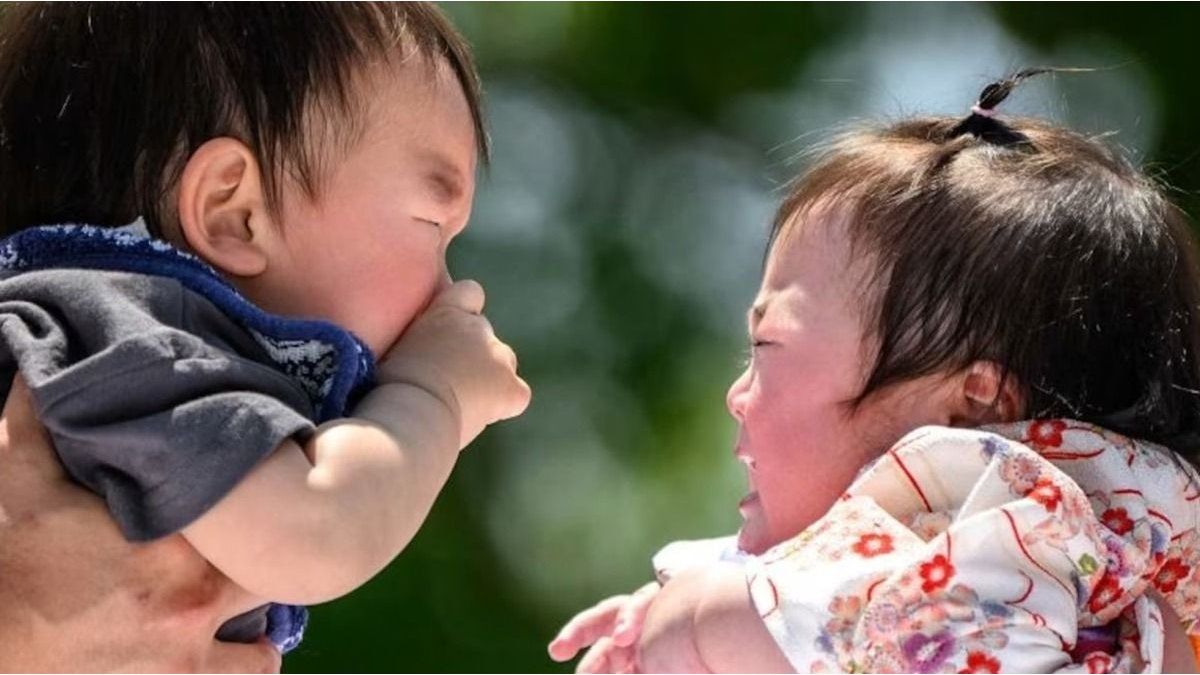Thus, the last year’s data marked the largest annual population decrease since government statistics began in that countryin 1968. Given this, Japanese Prime Minister Shigeru Ihiba described the demographic crisis as a “silent emergency” and promised family favorable policies, such as free nurseries and more flexible work schedules.
The fall in birth in Japan
According to the Ministry of Interior and Japanese communications, during 2024 the population of Japan was reduced by 908,574 people. This is the product of the birth of 686,061 citizens and the death of almost 1.6 million people.
The number of birth marked the lowest registration since birth statistics began to be taken in 1899. In detail, For every baby that was born, more than two people died.
The problem, which is exacerbated every year, is not a novelty for the Asian island: 2024 marked the sixteenth consecutive year of population decline. This reality – that begins to be a debate worldwide – exerts special pressure on country’s health and health systems.
Image
In 2024, Japan registered the death of almost 1.6 million people.
Getty images
The total population of the country was reduced 0.44% since 2023standing around 124.3 million earlier this year. People over 65 represent near the 30% of the inhabitantsthe second highest worldwide after Monacoaccording to the World Bank. Meanwhile, the population of working age – between 15 and 64 – It fell to approximately 60%.
On the other hand, Japan reached a historical record of 3.6 million foreign residents as of January 1, 2025, equivalent to almost the 3% of its population.
The incorporation of foreign labor is a provisional response to the problem of demographic decrease. In this sense, Japan offers different possibilities – as visas for digital nomads and training programs – to attract workers. However, This remains a politically sensitive issue in a mostly conservative society.
Aging and demographic fall have visible impact on rural areas: in the last two decades, About four million homes were abandoned, according to official data released last year.
What problems are behind the demographic descent of Japan
For years, The Japanese government promotes measures to raise the birth ratewith incentives that include Housing Subsidies and Parental Licenses. However, deeply entrenched cultural and economic barriers persist.
The high cost of living, the lack of salary growth and a rigid work culture discourage many young people to form a family. Women, in particular, face traditional gender roles that usually leave them with little support as main caregivers.
The fertility rate – average of children per woman throughout their lives – remained at low levels in Japan since the 1970s.
Source: Ambito




